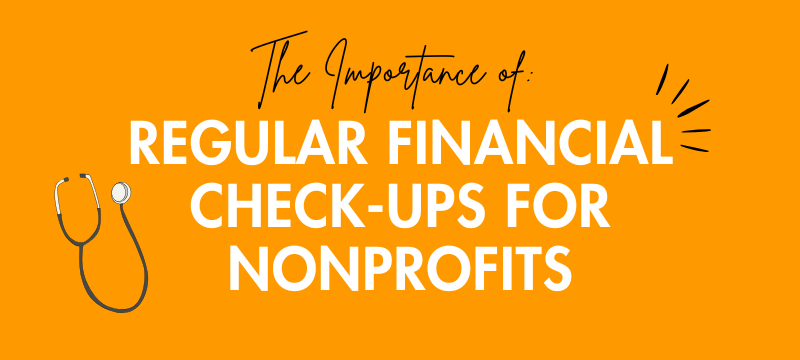Cash has been described as the life-blood of an organization and running out of cash…

Why Associations Need Reserve Funds
Associations require reserve funds to maintain sufficient liquidity to meet obligations as they come due, and to continue as a going concern. The appropriate size of a reserve fund depends on the major business risks facing the organization, and the impact such risks have on cashflow.
Rationale for a Reserve Fund
There are three common reasons for an association establishing a reserve fund:
1. Mitigate risk of annual conference not proceeding.
A majority of an association’s annual revenue might be generated from its annual Conference or convention – so any disruption to the execution of that event, and the timely receipt of associated revenues, could have catastrophic consequences for the future of the association in the absence of contingency funding.
Some examples of events that could disrupt or even result in the cancellation of a conference include:
- A natural disaster, including a flood or an earthquake
- A 911-like event disrupting air travel
- A SARS-like event
There is the possibility that an event may not even qualify under the force majeure provisions that are often part of contracts for conference facilities and services, which would mean the organization could be saddled with many conference costs without any of the associated revenue.
Even if the organization does hold event insurance, determining the amount of insurance proceeds, and the elapsed time before payment is received, may be uncertain. So even if a convention was cancelled and the force majeure provisions of the contract did apply, the association would still be without the revenue associated with the event. In the absence of a strong reserve fund, the stability of the association could be compromised.
2. Cover the mismatch in timing of receipts and disbursements.
Cash receipts, such as conference registrations, may all be received in the few months prior to the conference, and account for most of total revenue. However disbursements, including fixed monthly overhead expenditures and deposits and payments associated with the conference, are often required to be made before receiving sufficient revenues.
3. Mitigate risk of reduced conference attendance, membership renewals and sponsorship dollars.
Even though an association may enjoy a loyal and growing membership, its financial circumstances are often tied to some extent to the general financial health of the economy to generate membership and conference revenue. When the economy falters the effect on the association may be that fewer members are likely to spend money to join or rejoin the association, and fewer members and exhibitors are likely to attend.
In addition, membership dues and the annual conference fees are usually discretionary items in many members’ budgets, and are more likely to be cut in the event a member is faced with making budget reductions. There may also be reduced sponsorship dollars available.
Need to Determine Size of your Reserve?
Reserve fund size requires careful analysis and consideration. The equity/reserve must be sufficient to cover the largest potential financial exposure faced by the association. This includes the risks noted above as well as other risks such as potential litigation costs. One financial exposure that is easy to quantify is the risk of the annual conference not proceeding. Without the margin generated by the conference, and without an adequate reserve, there may be insufficient money to fund the day-to-day operations of the organization. There must also be sufficient reserves for deposits to book facilities for the following year’s conferences, requiring funds to be available in advance of the association receiving any revenue from those events.



